Apple rose dessert
When we recently visited Miami, our daughter-in-law served us this impressive apple dessert. She had got the recipe from a friend, who had got it from somebody’s blog…Later I saw in a French magazine a similar recipe, Roses de pommes en tartelette, in which the pastry sheet was made from scratch. It just proved that French girls are formidable pastry chefs.
The following recipe is my twist of the two original recipes and made from ingredients bought in our local supermarket in Nice. This elegant apple dessert will impress your guests, whether you choose to serve it with vanilla ice cream the American way, or just the tartelette the French way.
4 servings:
2 Pink Lady apples or other red apples (you don’t need to use them all)
A sheet of thin and rectangular puff pastry, pâte feuilletée
2 tbsp apricot jam plus a little water (you don’t need to use this all)
Cup cake tray
A little butter for the cup cake tray
Powdered sugar, sucre glace
Wash the apples and halve them. Remove the cores and cut the apples into thin slices. I first found this the hardest part of the recipe, but the “roses” are more decorative if the slices are really thin. Microwave the slices until they are soft but not mushy.
Preheat the oven to 180⁰ C. Butter the cup cake tray.
Roll out the puff pastry from its package. Cut out 4 strips, about 5 cm wide and 25- 34 cm long.
Warm the apricot jam with a little water in microwave and mix until smooth. Brush this mixture on the pastry strips.
Arrange apple slices on one long side of the pastry strip like a lace border placing the rounded skin side to the outside. The apple slices will overlap each other and cover about half of the long side of the pastry strip.
Turn over the other long side and roll the strips into “roses”. They look best if you can roll the “roses” so that the center will be slightly higher like in a real rose. I was not concentrating on this enough when rolling.
Place the “roses” in the cup cake tray and bake in 180⁰ C for about 30 minutes until nicely coloured. Sprinkle with powdered sugar before serving.


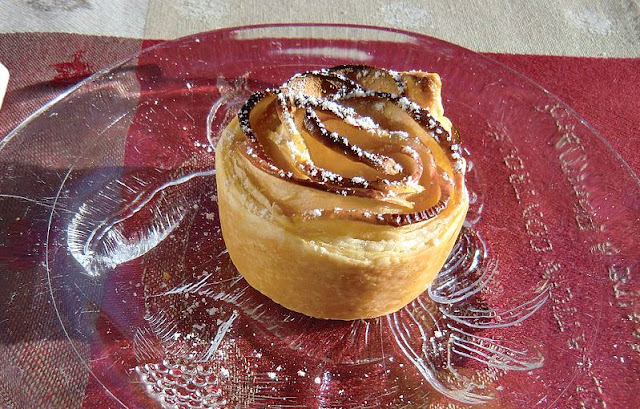
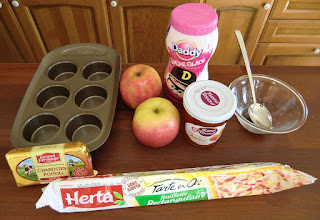
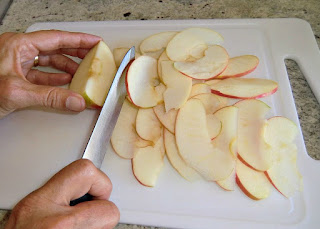

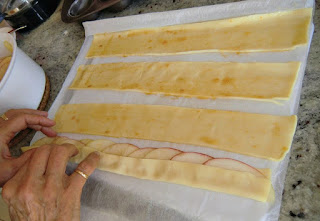

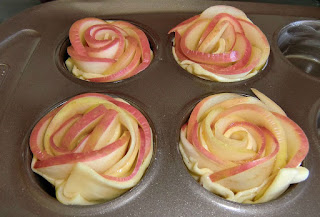















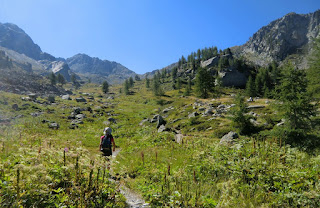










0 comments:
Note: only a member of this blog may post a comment.